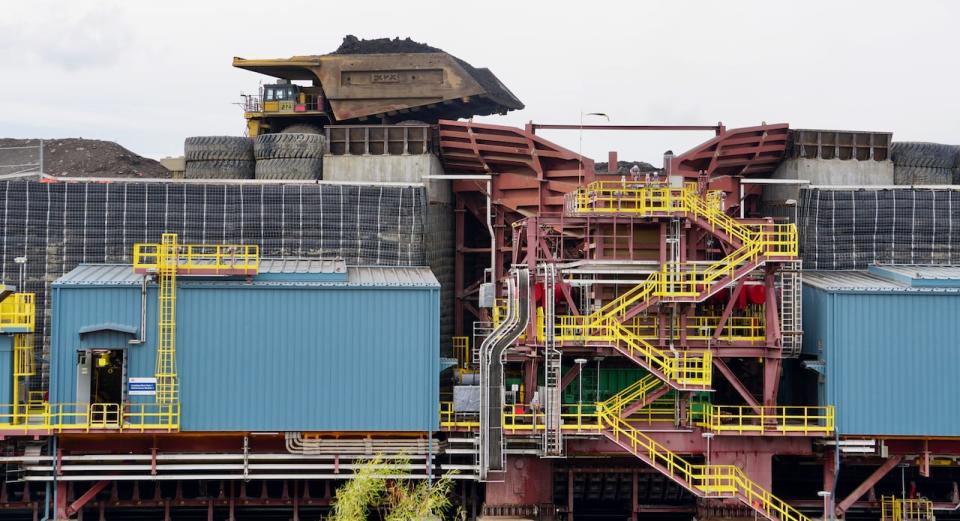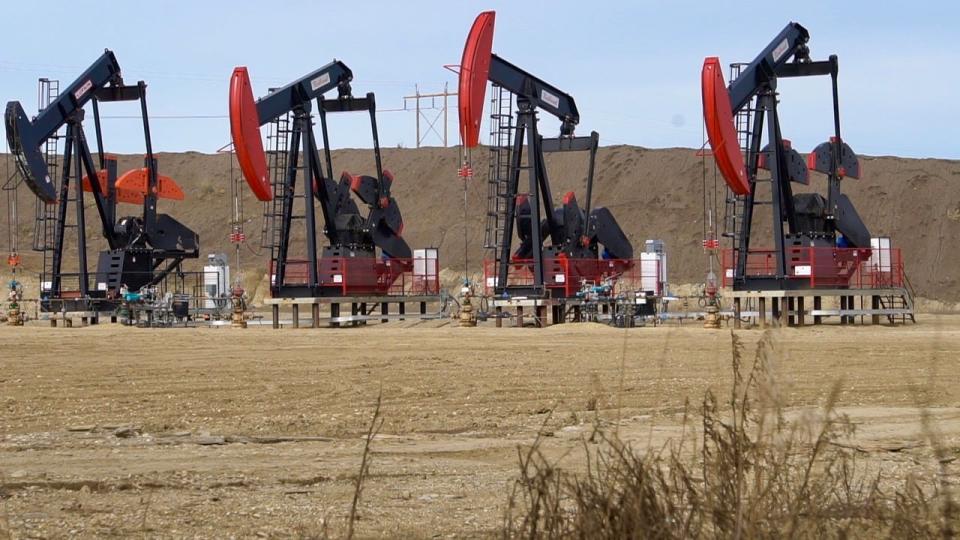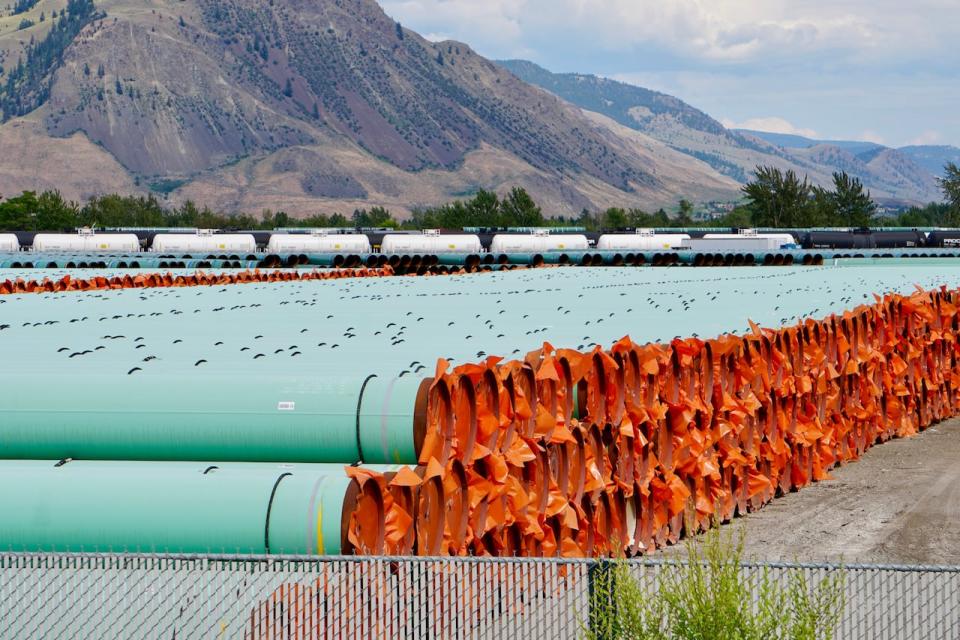Canada could lead the world in oil production growth in 2024

Canada's oil production is set to jump by about 10 per cent over the next year and become one of the largest sources of increased supply around the world.
The country produces about 4.8 million barrels per day (bpd) of crude and that figure could climb by about 500,000 bpd to about 5.3 million bpd by the end of 2024, according to S&P Global Commodity Insights. That would mark an all-time high for Canadian production.
Alberta's oilsands is expected to drive much of the growth, although increases are anticipated throughout Western Canada and at offshore facilities near Newfoundland and Labrador.
"Half a million is a lot," said Kevin Birn, S&P's chief analyst for Canadian oil markets. "It's bigger than a lot of countries produce in the world."
The sharp rise of oil output expected over the next 12-14 months is partially the result of lower overall production this year, due to lengthy maintenance requirements at some oilsands facilities.

Canada’s oil output is set to jump by about 10 per cent over the next year and mark an all-time high for the country's production. (Kyle Bakx/CBC)
The country's oil production is forecast to hit an all-time high at the same time as the expanded Trans Mountain pipeline begins pumping more oil from Alberta to the West Coast. Its expansion, which is in the final stages of construction, will boost the pipeline's capacity to 890,000 bpd from 300,000 bpd.
Large oilsands companies are not ramping up their spending to pump more oil out of the ground, said Birn, but rather finding ways to make their existing facilities more efficient at full capacity.
Still, he cautions that this level of production growth will be short-lived and could flat-line after 2024.
"This could be the last really large hurrah before we see a material slow down in Western Canada supply growth," said Birn. "We do see this plateauing effect really beginning around 2025 and 2026."
The restart of the Terra Nova field off the coast of Newfoundland and Labrador could occur next year, although it has faced several delays.
In 2024, Canada could be the largest source of growth in global crude oil production. The country's expected jump in oil output of about 500,000 bpd is higher than the 400,000 bpd projected growth in the U.S.
Elsewhere, production increases in Guyana and Brazil could result in growth of about 400,000 bpd from Latin America next year.

A pipe yard in Kamloops shown in 2019. The Trans Mountain expansion project is expected to begin shipping oil from Alberta to B.C. in early 2024. (Kyle Bakx/CBC)
Canada's predicted growth over the next two years is expected to exceed the total amount added over the last five years, according to a recent report by Deloitte Canada.
This fall, the federal government intends to publish draft regulations to cap emissions from oil and gas production and then force them downward over time.
The oilsands represent about 11 per cent of Canada's total greenhouse gas emissions, while the rest of the oil industry and all of the natural gas industry account for 15 per cent.
Overall, total oilsands emissions were flat in 2022 even as production grew slightly, according to an August analysis released by S&P Global Commodity Insights.

 Yahoo Finance
Yahoo Finance 